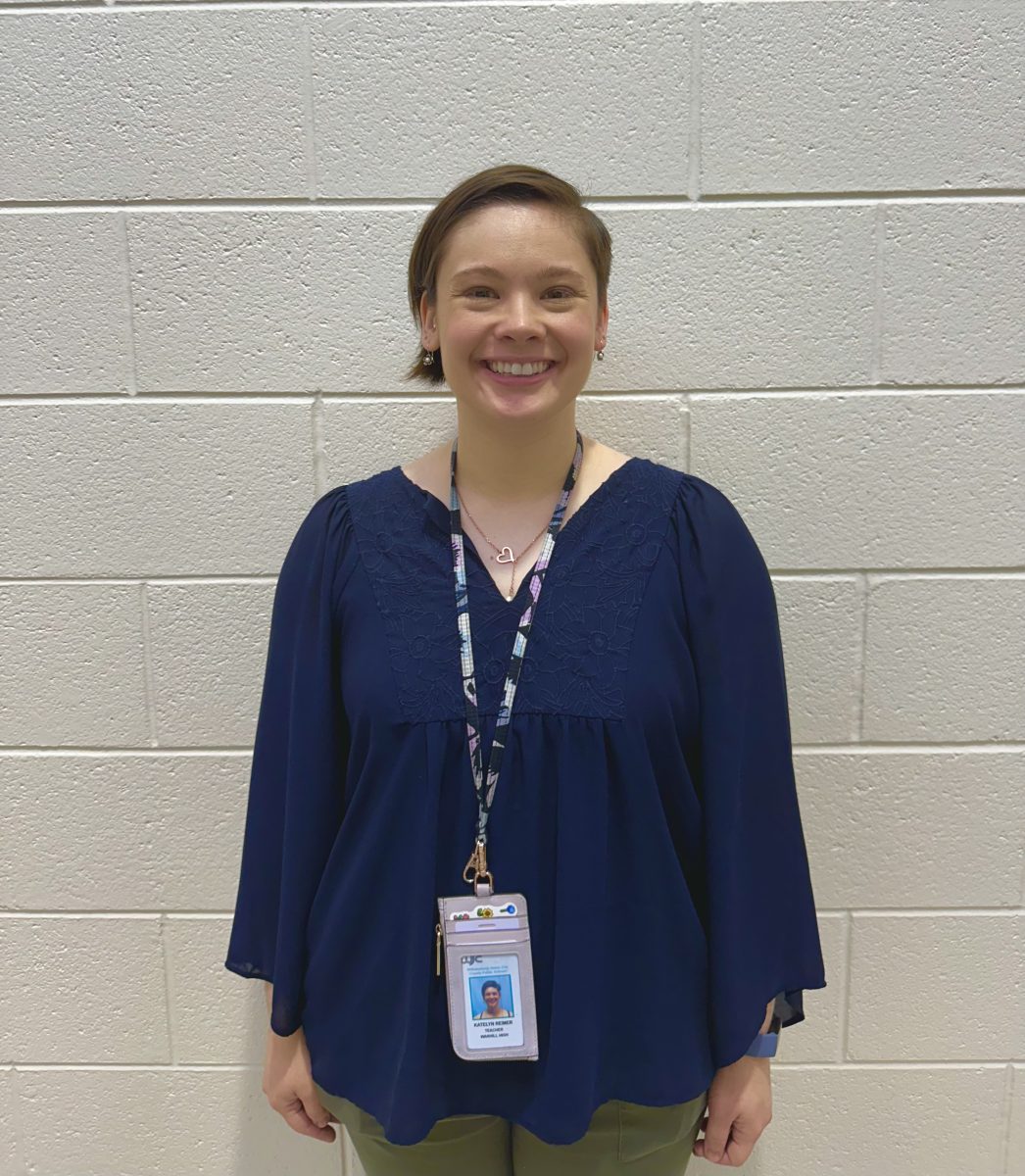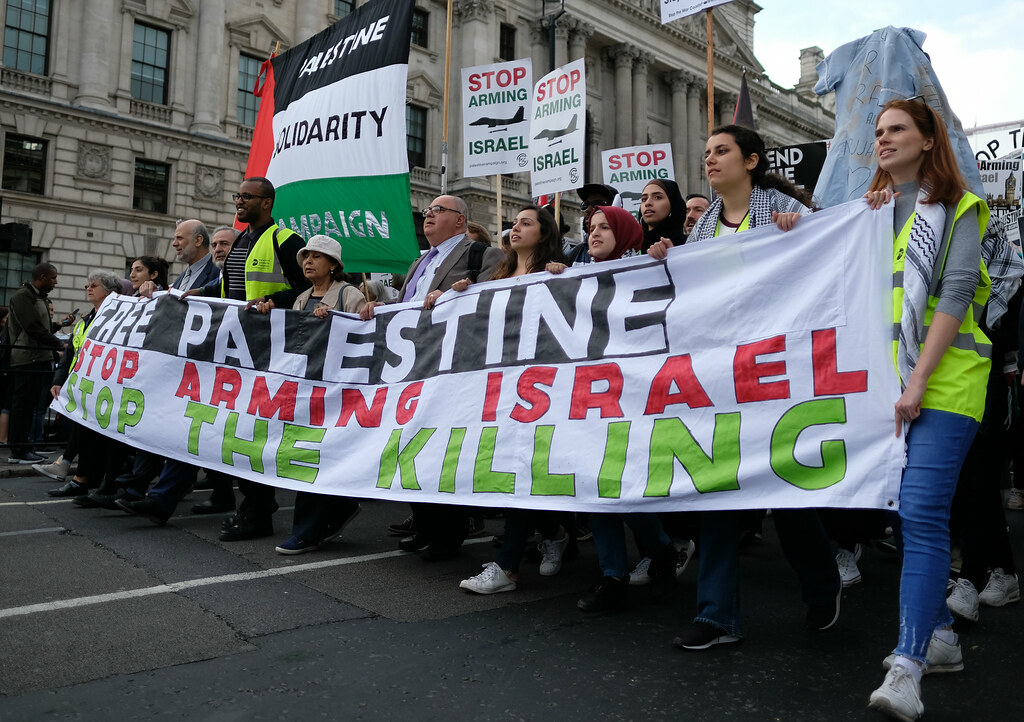Censorship is the suppression of speech, writing, artistic work, etc. for things politically incorrect, a threat to society or extending authority over others. The concept of censorship has existed since 443 BCE and has thrived for such a long time and even still poses a threat in the 21st century. It comes in different forms, is exercised in a variety of ways and can happen anywhere to anyone.
Censorship in high schools is highly debated. While plenty of high schools express the importance of students expressing individuality and free-thinking, sometimes those two things can be lightly or heavily restricted. It doesn’t help that schools can prohibit what type of media or content their students make and consume. Topics like religion, political stances or gender-issues are good examples of what often gets censored in high schools across the nation. It has been argued on why high schools exercise censorship on sensitive topics like these. One reason can be to save their “pure” and “sophisticated” image. Some other reasons can be to avoid controversy and remain relatively “neutral” or to prevent teens from discussing and viewing topics that are, supposedly, not age appropriate. Whatever the reasons, teens find it wrong to have their thoughts or words censored.
When this topic is debated, sometimes the First Amendment gets called into play. The first Amendment protects the freedoms of religion, speech, press, assembly and petition. The arguments surrounding censorship primarily focus on freedom of speech and freedom of the press aspect. Many students believe that censorship violates their freedoms of press and speech, and in some cases, assembly. A good example of this is the infamous Hazelwood School District v. Kuhlmeier. The school principal of Hazelwood East High School in St. Louis County, Missouri removed an article discussing the topics of divorce and teen pregnancy. The student journalists sued, believing their first amendments rights were violated. A lower court sided with school, but it was eventually overturned by the U.S. Court of Appeals for the Eighth Circuit. The case then went on to the Supreme Court. In summary, the Supreme Court reversed the Appeals Court decision because the paper was made by the school, and therefore, a limited platform. People viewed the Supreme Court ruling with anger because they felt the high school students’ voices were silenced. This case showed how First Amendment rights are called upon when students feel their freedoms of speech and press are violated.
The topic of censorship in schools is a controversial one. But one thing for sure is that students’ voices have always been loud, and they will fight for them to be heard no matter what.





